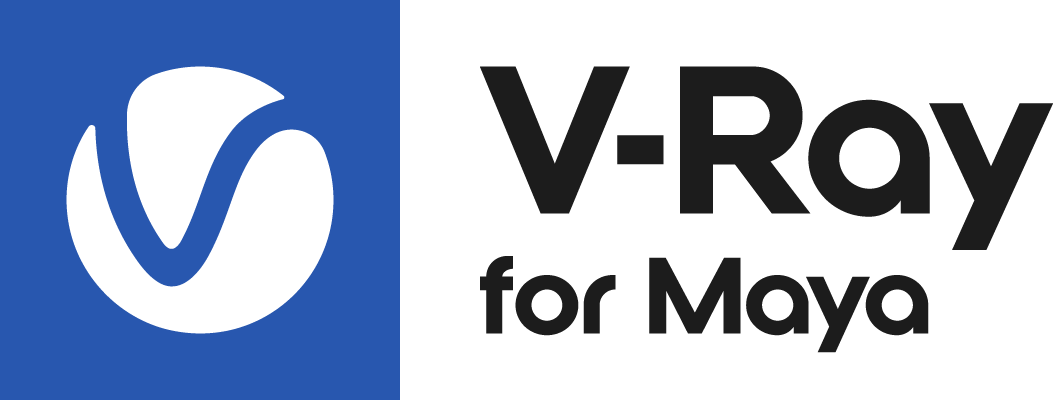This page offers information about V-Ray Enmesh in Maya.
Overview
Enmesh is a tool that uses geometry as a texture to “coat” objects. It can tile and repeat geometry infinitely, bend it over a desired surface or cut it according to the surface’s limits. It can randomize rotation and offset to produce non repeating geometric patterns.
Enmesh can be used to create patterned fabrics, woven and knitted materials as well as chain mail. It can also be used to scatter grass, pebble patches, stone tiles and many more.
Enmesh can use multiple meshes as reference to "coat" the source mesh's surface. However it can be assigned to only one source mesh. The source object's material is applied to the geometric pattern, and the mesh's UVs determine the tiling.
V-Ray Enmesh works similarly to a texture, so UVs and their scale and tiling should be used accordingly to achieve the desired effect.
V-Ray Еnmesh is currently available only for CPU rendering.
Create Enmesh
Select the meshes you want to turn into reference geometry. Then, select the source geometry.
Create V-Ray Enmesh from the shelf button or from V-Ray menu > V-Ray Enmesh.
The reference geometry is connected to a set called VRayEnmeshRefs. It can be accessed and edited from the Connection Editor or by using the arrow next to the Objects parameter in the Enmesh node’s Attributes. You can apply multiple reference geometries. For more information, see the Reference Geometries example.
The source geometry is connected to another set called VRayEnmeshSources. It can be accessed and edited from the Connection Editor or by using the arrow next to the Source Mesh.
Note that only one mesh can be used as a source. The source geometry is initially invisible in the render. That can be changed by disabling the Force Invisible Source option.
A gizmo is created. If the gizmo needs rescaling, use the Fit in Object Space button to rescale the gizmo exactly around the mesh, and the Crop Box X/Y/Z parameters - for further adjustment of the size, if needed. The tiling and randomization parameters can be used for various effects.
Make sure the gizmo covers the reference object completely to see proper result.
Try to avoid unnecessary big gizmos with lots of empty space, especially with Crop Box Y, as they slow down the render and do not actually change the final render result.
Create V-Ray Enmesh and assign the reference object using the Relationship Manager
Create V-Ray Enmesh from selection
Basic Parameters
Reference Objects – Shows the set containing the objects used as reference meshes.
Source Mesh – Shows the set containing the mesh used as a source.
Force Invisible Source – When enabled, the Source Mesh is invisible.
Crop Box X/Y/Z – Sets the gizmo size along the X/Y/Z axis.
Height % – Sets the VRayEnmesh height based on the Crop Box Size Y value. 100% means it uses original crop box height.
Height Offset % – Sets the VRayEnmesh geometry offset along the surface normals based on the Crop Box Y size.
Fit in Object Space – Clicking on this option positions the Enmesh gizmo in the viewport exactly around the reference object.
Use Mesh UVW Mapping – Uses the source mesh UVW for shading instead of the Surface UVW. This option is disabled by default.
Use Proxy Mesh IDs – Uses Proxy Mesh IDs for shading the patterned surface if a VRayMultiSubTex or MultiSubObject are used.
Tiling Options
Tiling U/V – Sets a pattern tiling in UVW space. Use these parameters according to your UVs size.
Offset U/V – Sets a pattern offset in UVW space.
Random Offset U/V – Uses the static UVW offset as base and adds it when calculating the randomization effect.
Rotation – Sets a pattern rotation in UVW space.
Use Random Rotation Steps – Makes Random Rotation parameter be based on 360/X, where X is steps count. For example, if Random Rotation is set to 4, the pattern mesh is randomly rotated on a 90 degrees step (360/4) with a 30 degrees offset - 30, 120, 210, 300, 390 (30).
Map Channel – Uses the set map channel for the surface geometry.
Example: Multiple Reference Geometries
This example shows how applying multiple reference objects affects the mesh. Click on the expandable field to see the original reference geometries and the order they were used in. A V-Ray Light material with varying Opacity is applied to the reference objects.








